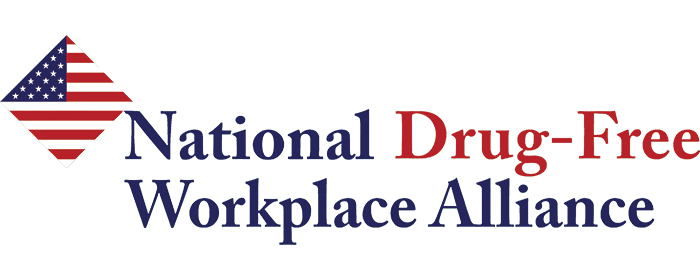Industry Statistics
Substance use negatively affects U.S. industry through lost productivity, workplace accidents and injuries, employee absenteeism, low morale, and increased illness. U.S. companies lose billions of dollars a year because of employees' alcohol and drug use and related problems. Research shows that the rate of substance use varies by occupation and industry.
About These Statistics
These statistics are based upon Quest Diagnostics’ 2022 Drug Testing Index report that has analyzed over 10 million workplace drug tests over three decades. The data are organized by industry which includes all positions within that industry, except for federally mandated safety-sensitive positions such as with transportation positions or nuclear operators, for example.
General Highlights
- According to Quest Diagnostics, the urine drug test positivity rate among the non-safety-sensitive workforce in the U.S. is at 4.6 percent, which is the highest level since 2001. This number is more than 25 percent higher than the lowest recorded rate of 3.5 percent in 2010 and 2012.
- Marijuana is the most commonly detected drug among all of the workforce including safety-sensitive.
- Opiates testing positivity decreased by 44 percent to its lowest level in 4 years to .28 percent.
- The U.S. general workforce positivity rate persisted at 4.6%, the highest level in two decades.
Industry Highlights
- A number of industries tested higher than the national average of 4.6%. Notably, these industries included Retail Trade (7.0%), Accommodation and Food Services (6.5%), and Transportation & Warehousing (5.5%).
- Positivity rates for marijuana in the general U.S. workforce, based on more than 6 million urine tests, continued an upward climb, increasing 8.3% (3.6% in 2020 versus 3.9% in 2021), the highest positivity rate ever reported in the DTI. Over five years, positivity for marijuana in the general U.S. workforce increased 50% (2.6% in 2017 versus 3.9% in 2021).
- Over the last five years in general U.S. workforce urine drug testing, pre-employment positivity increased 17.4% (4.6% in 2017 versus 5.4% in 2021); while post-accident positivity increased 26% (7.7% in 2017 versus 9.7% in 2021).
- Positively, positivity for opiates (codeine/morphine) based on urine drug tests in the general U.S. workforce decreased 56.4% over five years (0.39% in 2017 versus 0.17% in 2021). Positivity for opiates decreased 37.3% over five years (0.51% in 2017 versus 0.32% in 2021). Positivity for 6-AM metabolite (heroin) based on urine tests in the general U.S. workforce decreased 56.7% over five years (0.03% in 2017 versus 0.013% in 2021).
